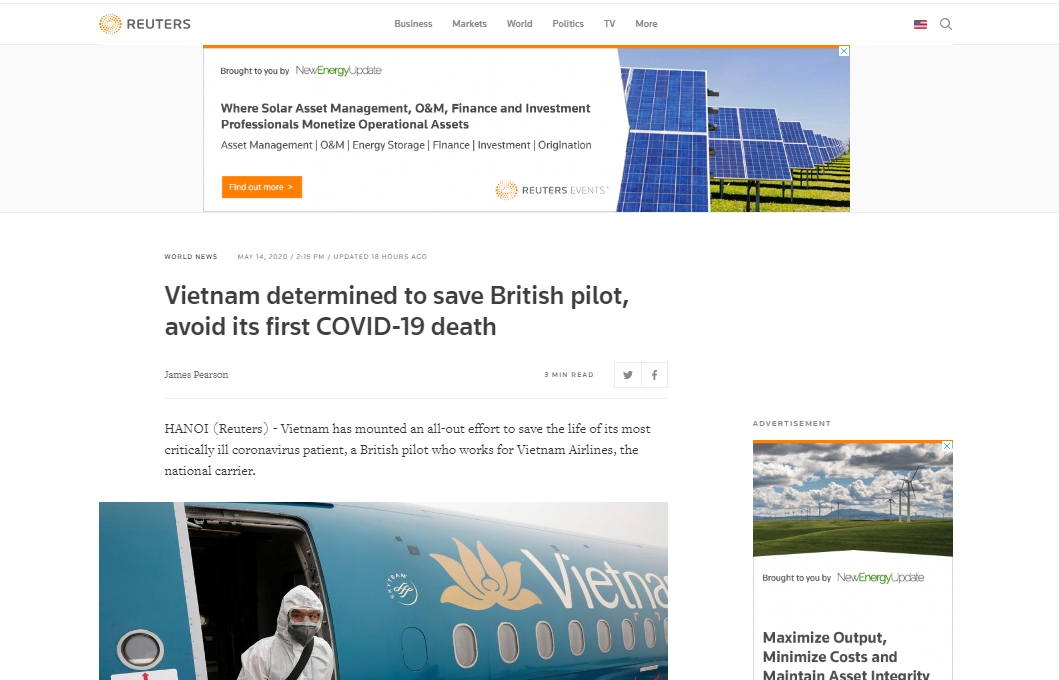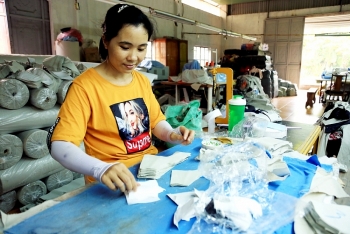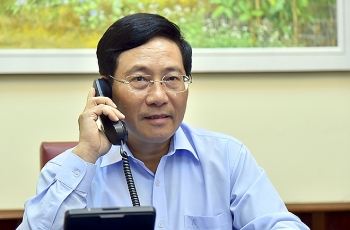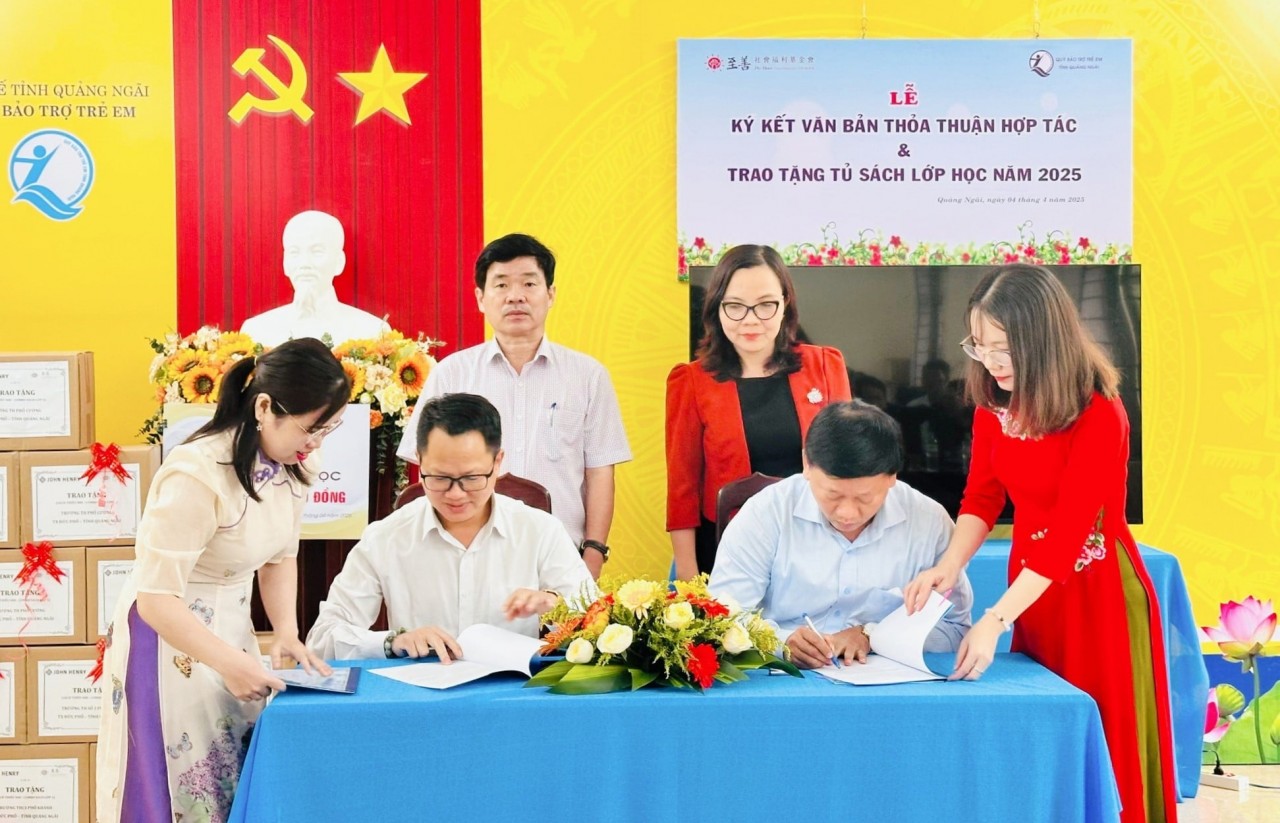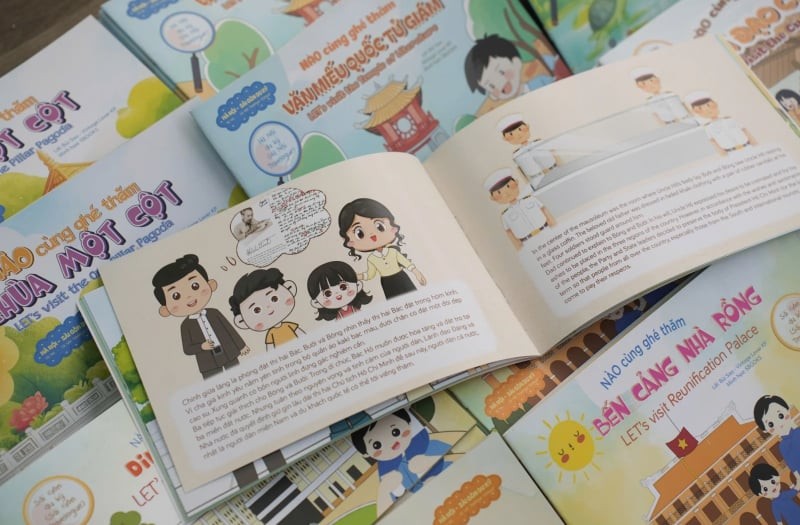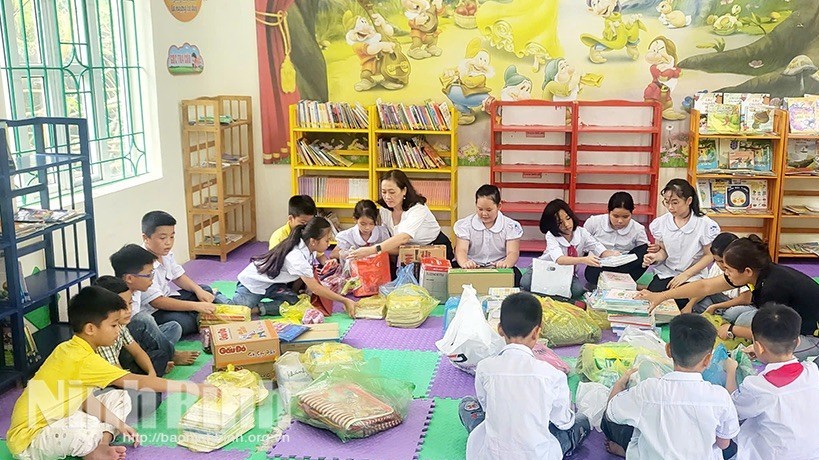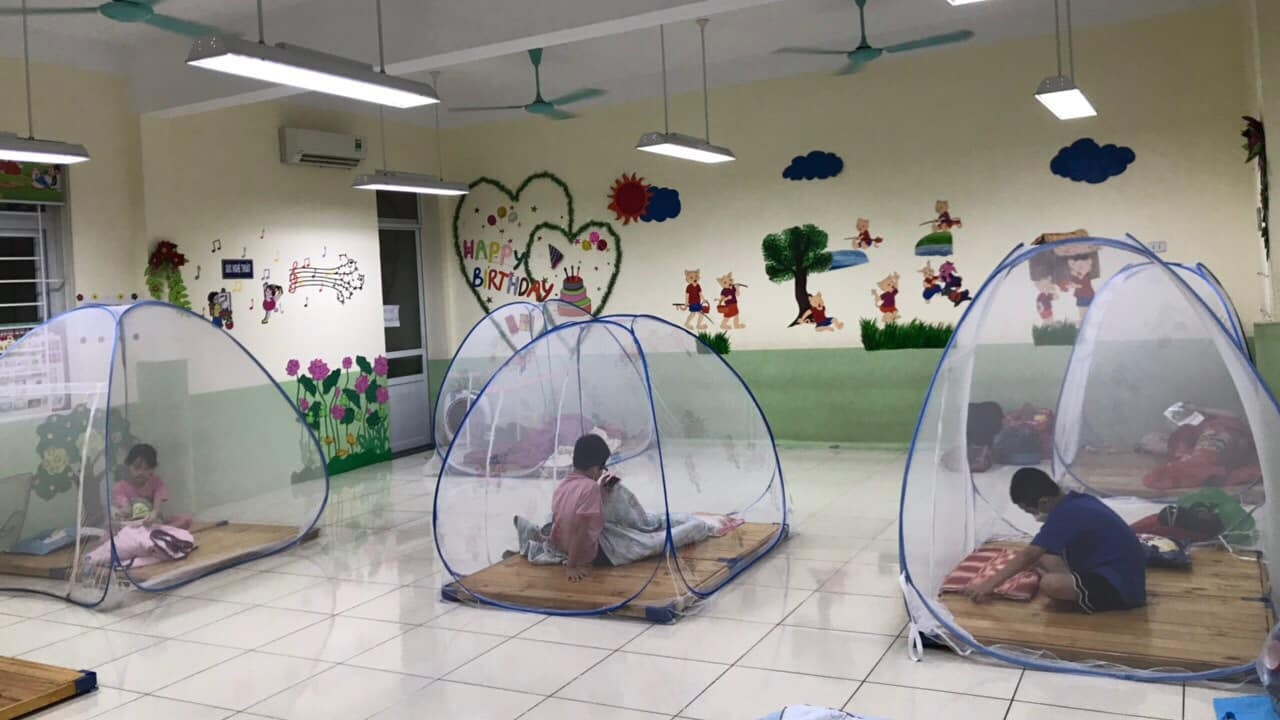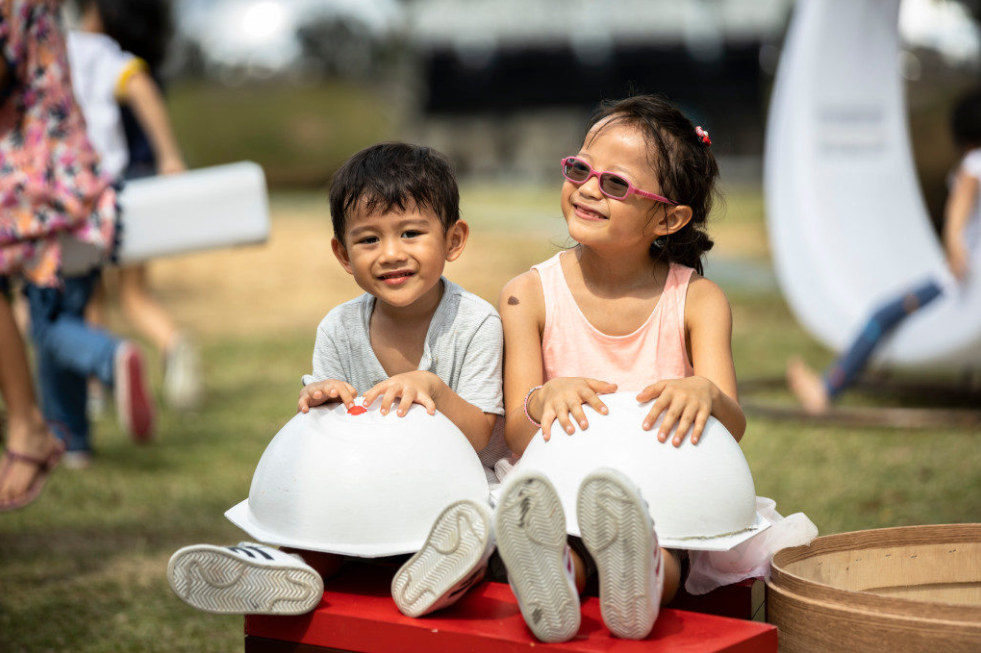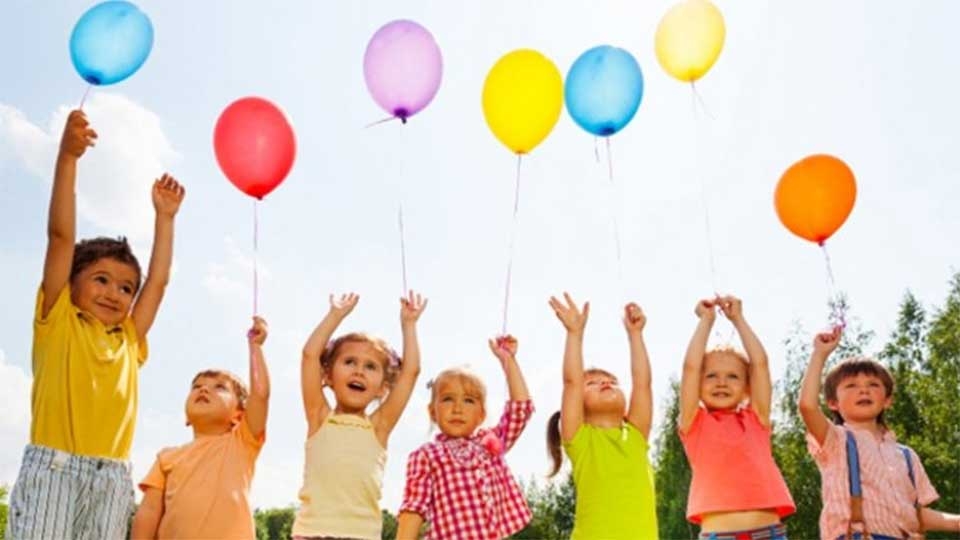Kawasaki disease: What to know about emerging complication during COVID-19 pandemic
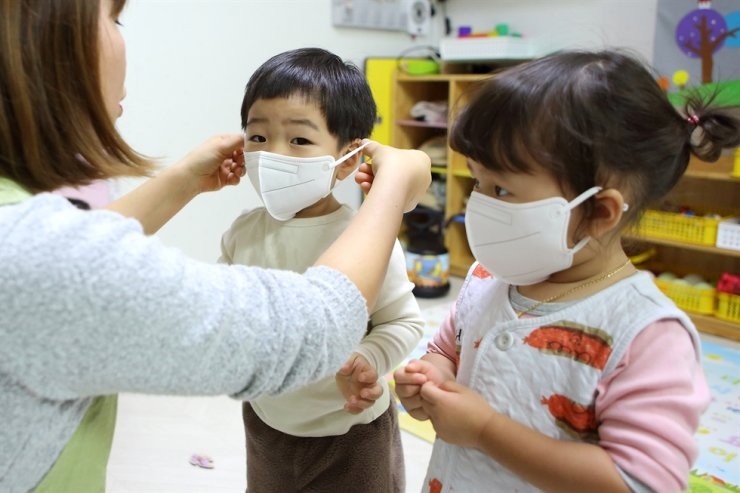 |
| Children wear face mask to protect themselves from COVID-19 infection in this March 19 file photo. Source: Yonhap |
At the beginning of last month, the Paediatric Intensive Care Society (PICS), a health service in the United Kingdom, said cases of children admitted to intensive care with what is known as "multi-system inflammatory state" were rising. On May 13, Children's National Hospital in the United States also stated there have been several children with COVID-19 who are experiencing a constellation of symptoms that resemble "Kawasaki disease," a rare inflammatory syndrome.
As well as the UK, and the US, France, Italy and Spain have all reported similar cases. The disease has been linked to COVID-19 in some children, but the exact cause has not been identified yet. The World Health Organization (WHO) said it is "urgently" investigating a potential link between the coronavirus and Kawasaki syndrome, while neither the WHO nor the US Centers for Disease Control and Prevention (CDC) has verified the link.
Found in children under 5
Kawasaki disease is a rare acute paediatric vasculitis, with coronary artery aneurysms as its main complication, typically affects children under the age of five. It is a form of vasculitis, a family of rare disorders characterized by inflammation of the blood vessels. The diagnosis is based on the presence of persistent fever, exanthema, lymphadenopathy, conjunctival injection, and changes to the mucosae and extremities.
According to the National Institutes of Health in the US, the disease affects annually approximately one in 10,000 children under 5, though recent infections have included children up to age 15. It is especially common in North East Asian countries such as Japan, Taiwan and Korea which have the highest number of incidences worldwide.
The cause of the disease is unknown, but it is widely thought to be due to infection or an abnormal immune response to infection.
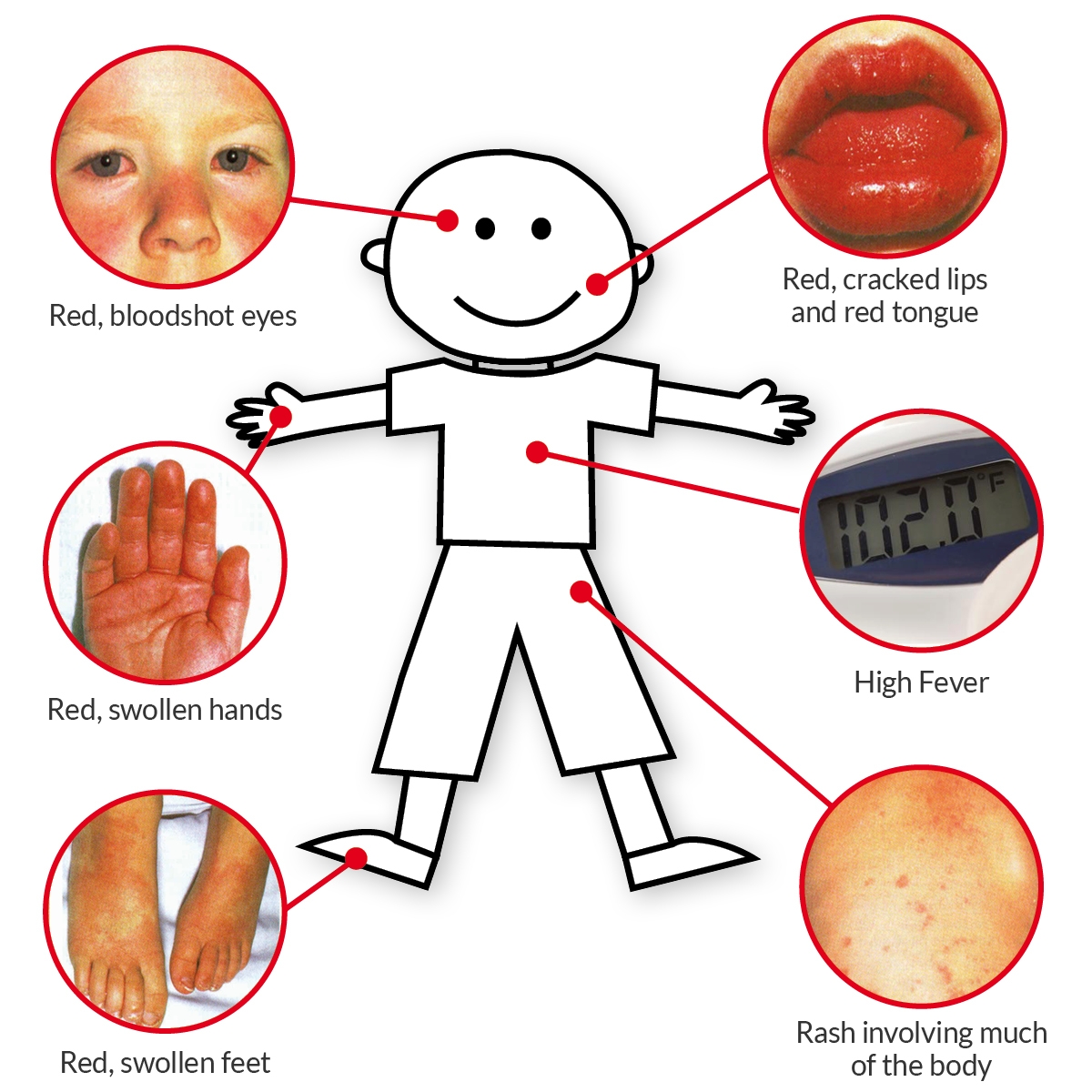 |
| Doctors around the world have noticed a number of children falling sick with a mysterious illness that appears to be linked to the coronavirus over the past few weeks. |
Symptoms
The symptoms of Kawasaki disease can be similar to those of other conditions that cause a fever in children. Because of this, it is easy to mistake in children for a common fever. Although the initial symptom associated with the illness is a high fever, antibiotics do not take effect for at least five days as other signs develop. Additional symptoms include inflammation of the sclera; inflammation of mucous membranes of the mouth and throat, resulting in dry, red, cracked lips and red strawberry tongue; swelling of lymph nodes in the neck; redness and swelling of the hands and feet; and a reddish rash.
"Children are diagnosed if they meet five or more of the above symptoms, but recently, increasing number of patients are diagnosed with just two or three symptoms," said Kim Hyun-jung, a pediatrics specialist at Sun General Hospital.
Likewise, even if some patients do not show all of the typical symptoms, it is better to test echocardiography, especially for young children under six months old having a fever for more than seven days, Kim said in an article in The Korea Times.
The reason for conducting echocardiography in the diagnosis of Kawasaki disease is that it causes cardiovascular abnormalities.
"Echocardiography should be performed at the time of diagnosis and then again at 1-2 weeks and 6-8 weeks after treatment in order to prevent other coronary complications," said Sohn Se-jeong, a professor of the department of pediatrics at Nowon Eulji Medical Center.
Sohn said if the disease is not treated at an early stage, it can lead to serious complications such as inflammation of the blood vessels that can pose a particular threat to patients.
"Aneurysms can also develop, because it can affect the coronary arteries ― the blood vessels that supply blood to the heart."
Missed Cases
While most children who develop Kawasaki disease recover without incident, "there's still that 25% out there that if they get late treatment, they could have serious illnesses. And some of those children, the fever goes away and they're walking around with a coronary artery aneurysm and they don't even know it," Michael Portman, MD, of Seattle Children's Hospital and a member of the American College of Cardiology committee that set benchmarks for care of Kawasaki disease, noted in a MedPage Today's article.
"One of the fears with the COVID pandemic is that everyone has been told to stay away from hospital because they're worried people will come to the hospital and be exposed," he said. "But in fact, there are children we believe are out there, they have fever for 4 or 5 days, they call a line and are told, 'well if it's fever and nothing else your child's not really sick, you don't have to come and be evaluated.' Some of those children could, in fact, have Kawasaki disease and be at risk for coronary artery disease."
His group has seen fewer cases at its Kawasaki Disease Clinic during the pandemic than normally expected over the same period.
"This one child when we looked back at what happened a month ago, it looked like the child did have Kawasaki disease, eventually they were seen because of low-lying inflammation and fever," he noted. While that child didn't develop aneurysm, colleagues in other parts of the country have described children who did not come in or got delayed treatment and did develop aneurysm, he said.
The number of missed cases that lead to lasting harm is likely to be small, Deepika Thacker, MD, medical director for the cardiac inpatient unit at Nemours Children's Health System in Wilmington, Delaware (US) noted.
Still, Portman urged general practice physicians, pediatricians, family physicians, and emergency physicians to continue surveillance for Kawasaki disease and not assume a child is fine because they don't have respiratory symptoms.
Open Questions
Kawasaki disease has long been believed to be an immune response triggered by infection, but its etiology is still not clear and not all viruses predispose to Kawasaki disease, Thacker noted.
And despite the chronological connection between COVID-19 and these cases, "at present, there is no definitive evidence that COVID-19-induced shock is related to Kawasaki disease," cautioned Anne Rowley, MD, an infectious diseases specialist studying Kawasaki disease at Northwestern University in Chicago.
"Some clinical symptoms of both these disorders -- Kawasaki disease and COVID-19 -- such as fever, rash and eye redness (conjunctival injection) are present in many childhood illnesses. However, the laboratory testing of these two groups of children seems quite different, and in particular, the children with COVID-19 infection have inflammation of the heart muscle rather than the characteristic swelling of the coronary arteries that is observed with Kawasaki disease."
To better understand what's going on, the AHA council called for enrolling affected children in COVID-19 studies that obtain serum or plasma samples.
Portman's group is looking to track Kawasaki disease patients to see if they were exposed to COVID-19, to look for genetic susceptibility, and to see what happens to their immunity to the coronavirus.
It's possible that IV immunoglobulin treatment could prevent the patient from developing full immunity to the virus, Portman noted, pointing to recommendations from the American Academy of Pediatrics calling for live immunizations for 11 months after use.
On a broader scale, one community-based study is the National Institute of Allergy and Infectious Diseases (NIAID)'s 6,000-person HEROS study looking into the rate of SARS-CoV-2 infection in US children and their family members, which collects nasal swab and blood samples from participants every 2 weeks.
"One interesting feature of this novel coronavirus pandemic is that very few children have become sick with COVID-19 compared to adults," said NIAID Director Anthony Fauci, MD, in a statement. "Is this because children are resistant to infection with SARS-CoV-2, or because they are infected but do not develop symptoms? The HEROS study will help us begin to answer these and other key questions."
If all the attention on Kawasaki disease with COVID-19 drives data collection, the enigmatic disease could end up being better understood and treated as well, Thacker suggested./.
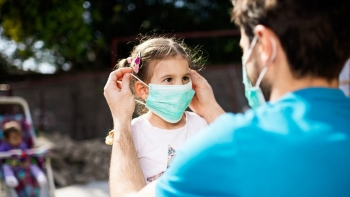 | Coronavirus update: blood disorder complication in children worries experts Although severe illness with COVID-19 remains rare among children, they are not immune from life-threatening complications. And an emerging inflammatory syndrome called Kawasaki disease-like illness may ... |
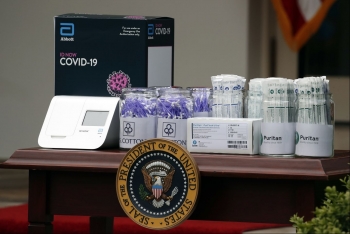 | World news today: Rapid coronavirus test used at White House misses many COVID-19 cases World news today May 14: A rapid coronavirus test called Abbott ID Now machine used by the White House to screen its staff could miss infections ... |
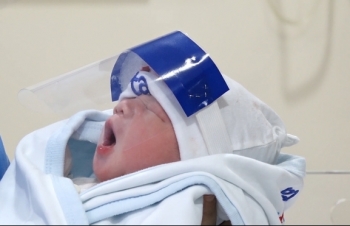 | Vietnam newborns get face shields for COVID-19 protection Newborns at a hospital in Hanoi are put on anti-droplet face shields as they are moved around the facility as a preventive measure against the ... |
In topics
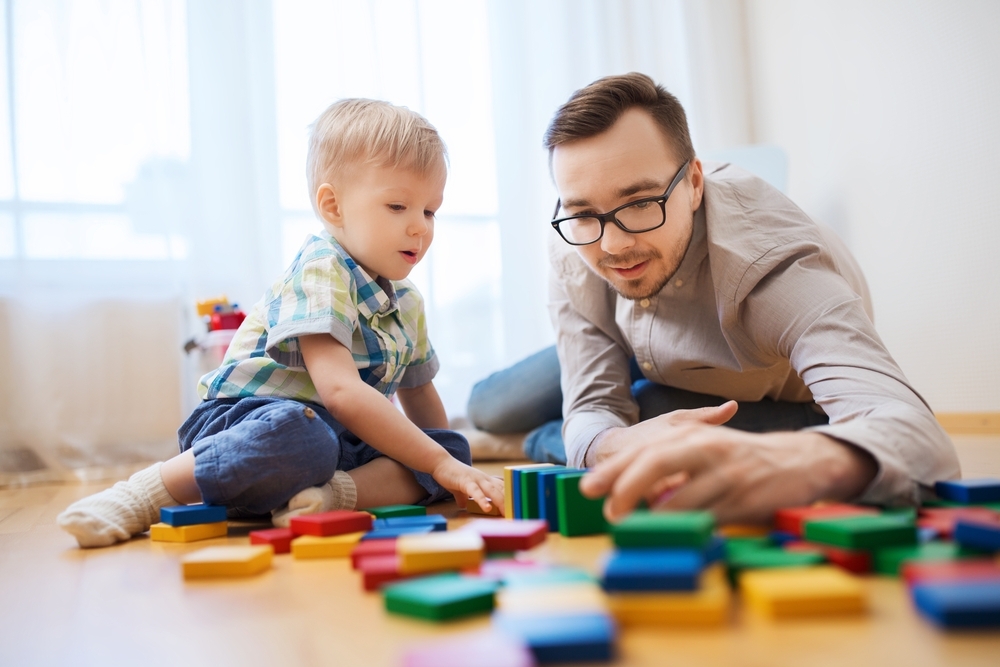 Viet's Home
Viet's Home
International Children's Day 2021: 15 Best gift ideas for your kids
Recommended
 World
World
US, China Conclude Trade Talks with Positive Outcome
 World
World
Nifty, Sensex jumped more than 2% in opening as India-Pakistan tensions ease
 World
World
Easing of US-China Tariffs: Markets React Positively, Experts Remain Cautious
 World
World
India strikes back at terrorists with Operation Sindoor
Popular article
 World
World
India sending Holy Relics of Lord Buddha to Vietnam a special gesture, has generated tremendous spiritual faith: Kiren Rijiju
 World
World
Why the India-US Sonobuoy Co-Production Agreement Matters
 World
World
Vietnam’s 50-year Reunification Celebration Garners Argentine Press’s Attention
 World
World

